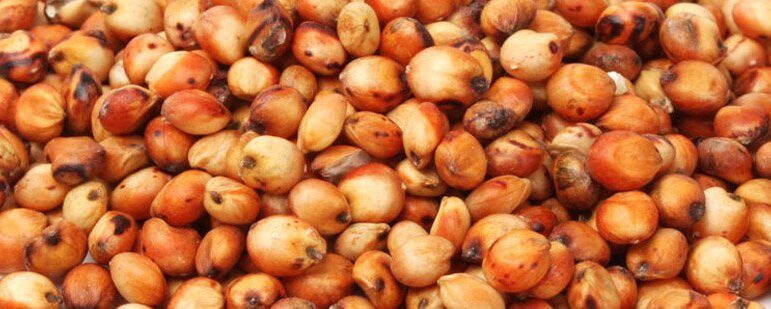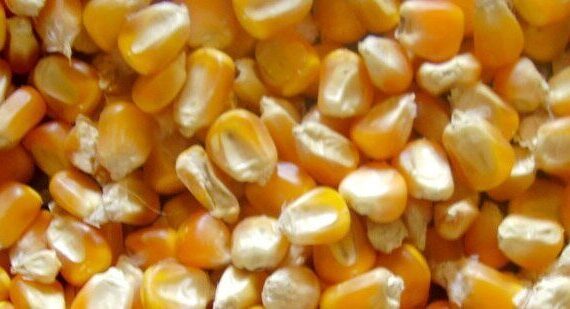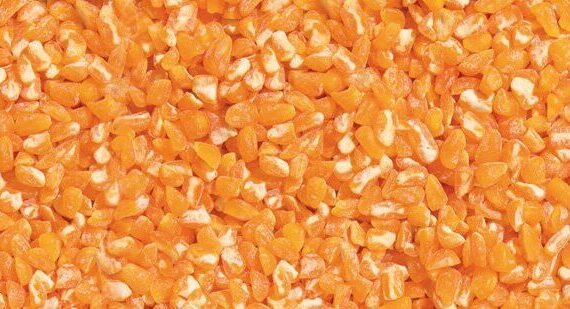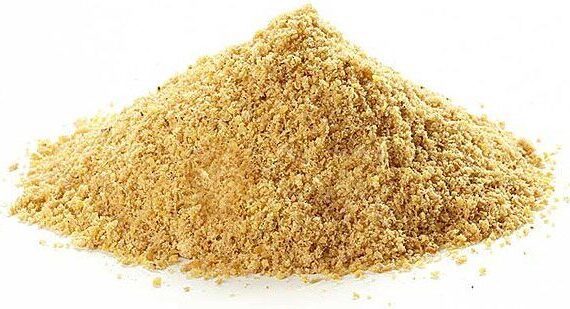🌾 Sorghum Exporter | JFT Agro Overseas LLP
JFT Agro Overseas LLP exports premium quality Sorghum (Sorghum bicolor L.) from India, available in white and red varieties. Sorghum is a versatile cereal grain cultivated in tropical and subtropical regions for human consumption, animal feed, bird feed, and industrial uses. Drought and heat tolerant, it is a staple food for millions in semi-arid regions and a nutritious gluten-free option for modern diets.
📌 Uses of Sorghum
- Human consumption: pancakes, porridge, flatbreads, muffins, breads, pizzas, cookies, cakes, pasta
- Animal feed: poultry, pigs, ruminants
- Bird feed
- Industrial use: flour for gluten-free products
📌 Health Benefits
- Gluten-free, safe for celiac patients
- High in protein, minerals, and vitamins
- May help control diabetes
- Supports digestive health
- Boosts energy and supports red blood cell production
📌 Specifications of Sorghum
| Parameter | Specification |
|---|---|
| Moisture | 14% Max |
| Purity | 99% Min |
| Insects | No insects, dead or alive, vermin or excrement |
| Appearance | White, Red |
| Usage | Human Consumption, Animal & Bird Feed |
| Crop | New Crop |
| Packing | 50 kg PP Bag / Bulk |
| Monthly Supply Capacity | 100 MT |
📦 Container Capacity
| Product | Container Type | Quantity (MT) |
|---|---|---|
| Sorghum | 20′ FCL | 24 |
🌍 Export Destinations
 Kenya
Kenya Sudan
Sudan Djibouti
Djibouti Pakistan
Pakistan Saudi Arabia
Saudi Arabia Egypt
Egypt Taiwan
Taiwan UAE
UAE
✅ Why Sorghum From Kinal Global Care Private Limited?
- Transparent communication about products
- Direct management involvement in every shipment
- Stringent sourcing and quality control
- Experience exporting to 16+ countries
- Customer-focused service without sales pressure
🛡 How to Select a Genuine Exporter of Sorghum
- Verify company presence, experience, and export history
- Check product sourcing, quality, and pricing transparency
- Video calls, physical visits, and Google verification recommended
- Participation in trade shows indicates credibility




